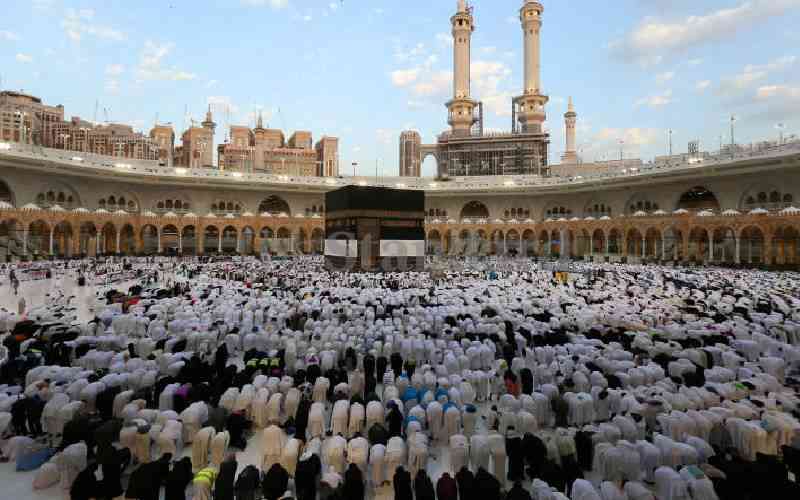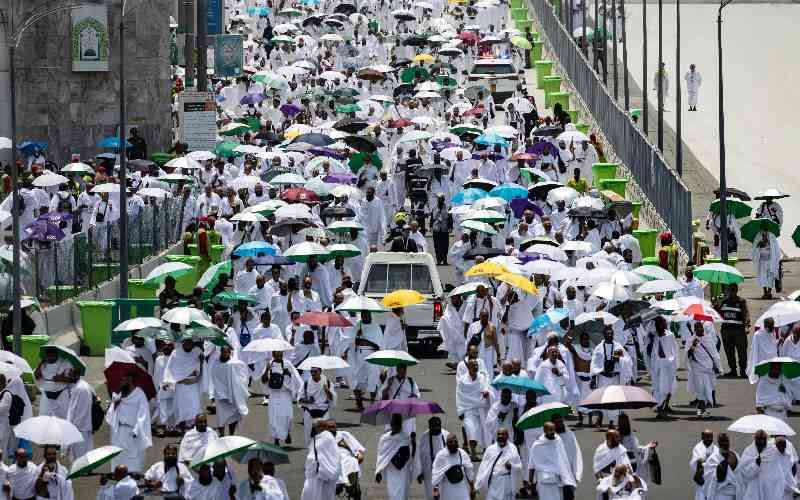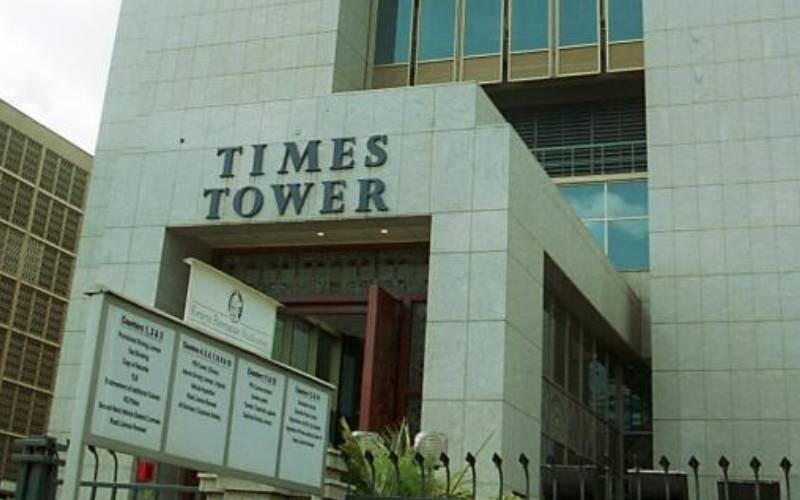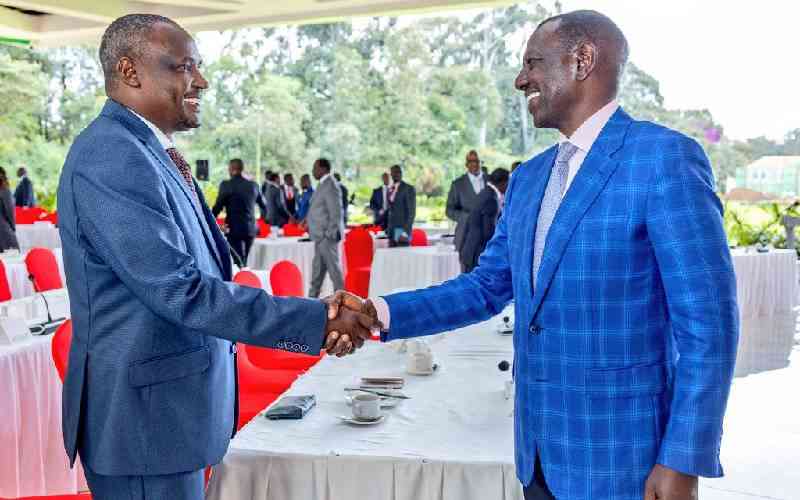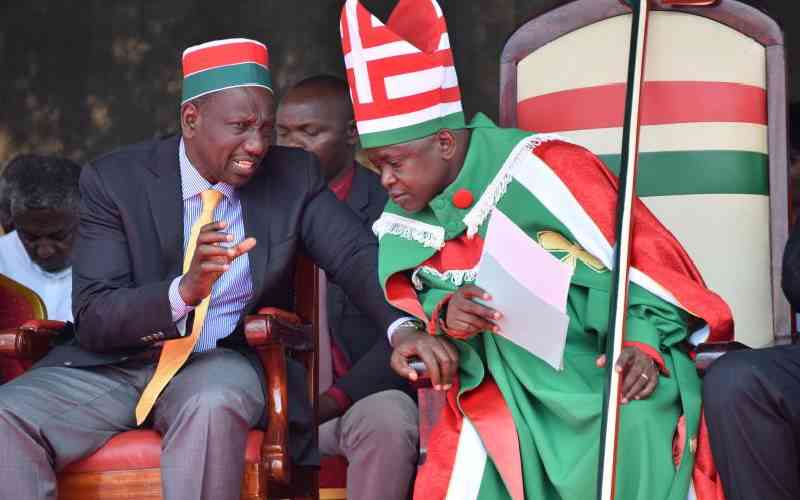By JUMA KWAYERA
Every day, an hour or so after sunset and just before dawn, a phenomenal assembly of primates that reside in the remote reaches of the network that makes Mt Suswa caves, takes place. The caves, considered by the local Maasai as passages to the belly of the earth, the dwelling place of Enkai (God), have become hot tourist destinations as a result of man’s fascination with the incredible capacity of the animals to mobilise.
The phenomenon is a new form of tourism, with the visitors — local and foreign — to Mt Suswa Wildlife Sanctuary spending nights in the bush in the hope of catching a glimpse of the proceedings.
Campfires, especially on weekends, are becoming a regular feature of the conservancy.
Dubbed ‘Primate Parliament’, thanks to its orderliness tinged with a reverence of the park’s leader, intriguing tales about the community of baboons that have lived in the caves for centuries are attracting thousands of visitors to the site.
The regular assembly of the primates at the special venue wows the natives of the area around the mountain who venture into the labyrinthine of caves for spiritual healing. The caves are also an important grazing land during dry seasons.
For Eric ole Tinnan, 27, the baboon parliament is something he has only heard of from those who visited the caves but has not witnessed it.
He says his attempts to partake of the phenomenon are hampered by the sensitivity of the primates, which shy away from strangers.
Secretive
According to BBC documentary, The Great Rift: Africa’s Wild Heart, the highlights of the proceedings of the baboon parliament are captured using infrared light camera. The assemblies that take place at every daybreak and nightfall have been there from the time of their forefathers.
The only difference today is that the primates are increasingly becoming secretive as the human traffic to the caves rises, forcing them farther into the remoter reaches of the caves.
Tinnan’s father, Mapelu ole Markuku, 60, says, "The number of people entering the caves has increased. Some spend days and nights in the caves and disturb the animals. You cannot easily see the baboon meetings these days as they return to the caves under the cover of the night to avoid detection. They also leave after dawn to avoid being seen by visitors. They are sensitive to the presence of human beings."
The parliament is situated in the Oldongulukopi cave, whose arching ‘doors’, geologists explain, are a creation of a collapsed cave roof. Local people say it is a divine opening that leads to the enkai.
The magnificent holes with their flat floors and half-moon shaped roofs resemble the entrances of Maasai kraals (manyatta) — which are traditionally mushroom-shaped.
The story of the baboon parliament is corrobated by the curator of the caves, Joseph Lamat, a manager with the Mt Suswa conservancy.
Stay informed. Subscribe to our newsletter
Lamat says the baboons have an intriguing relationship with giant bats that reside in the cave.
They occupy the caves in turns: The bats return to the caves at daybreak, just after the conclusion of the baboons’ morning session. At nightfall, the bats exit the caves as the baboons take over.
The curator says the changeover is a mutually exclusive relationship and has become a major attraction to nature and academic tourism.
The leader or speaker of the baboon community is usually the oldest or strongest male baboon. He sits on a pedestal from where he watches the proceedings. The pedestal is made of debris from falling rocks.
Wildlife army
Markuku, who is barely literate, says the meetings are pointers of the possible predisposition of humans and their cousins in the animal kingdom to orderliness or power hierarchy compared to non-primates.
According to the Maasai, Mt Suswa, which lies on the belly of the Great Rift Valley, is God’s shrine.
Lamat says the unique features of the Mt Suswa baboons, a massive army of wildlife, archaeologists and animal behaviourists are intensifying studies of the indigenous wildlife and plants around the caves.
Indigenous communities and researchers who have visited the mountain caves talk of marvels in the underground world that make the ecosystem a candidate for listing in the Unesco Geo Park Heritage sites.
The cliffs of the outer crater surround an open plain inhabited by the Ilkeekonyokie — the Red Tree — Maasai, many of who still maintain a subsistence lifestyle through nomadic pastoralism. They have conserved the caves over centuries, which has enabled them retain their pristine nature that is now the source of tourism and research interest.
The cave is guarded round the clock. At the entrance, visitors are warned of crossing the lines by a gawking sound that can sometimes be scaring. The sound is a recording of a soldier baboon’s warning to others in case of presence of strangers in their dwelling place. When this happens routine meetings do not take place.
While the ecosystem is a source of outstanding academic studies and tourism, it has not been of economic benefit to the locals, who have conserved it for centuries. The poverty and escalating environmental degradation calls new strategies to ensure a trickle down of benefits to the indigenous people, who are increasingly hacking down the vegetation for fuel and grazing space.
 The Standard Group Plc is a
multi-media organization with investments in media platforms spanning newspaper
print operations, television, radio broadcasting, digital and online services. The
Standard Group is recognized as a leading multi-media house in Kenya with a key
influence in matters of national and international interest.
The Standard Group Plc is a
multi-media organization with investments in media platforms spanning newspaper
print operations, television, radio broadcasting, digital and online services. The
Standard Group is recognized as a leading multi-media house in Kenya with a key
influence in matters of national and international interest.
 The Standard Group Plc is a
multi-media organization with investments in media platforms spanning newspaper
print operations, television, radio broadcasting, digital and online services. The
Standard Group is recognized as a leading multi-media house in Kenya with a key
influence in matters of national and international interest.
The Standard Group Plc is a
multi-media organization with investments in media platforms spanning newspaper
print operations, television, radio broadcasting, digital and online services. The
Standard Group is recognized as a leading multi-media house in Kenya with a key
influence in matters of national and international interest.


